Underwater Meadows of Life
Follow ( 0 Followers ) X Follow E-mail : * Follow Unfollow
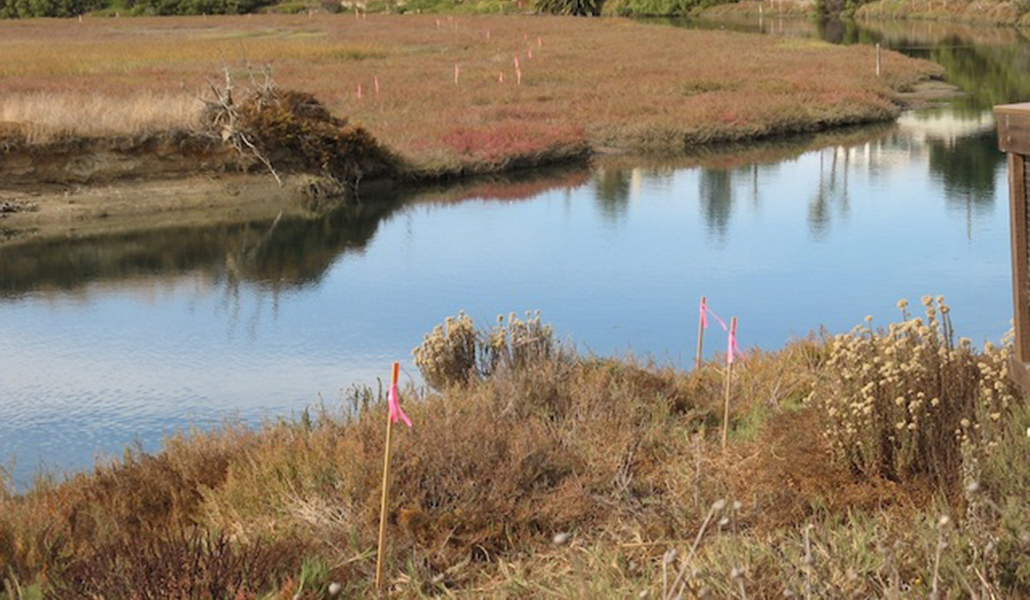
The San Elijo Lagoon Reviving Your Wetlands project is here. At last night’s Reviving Your Wetlands Open House we enjoyed getting to see so many of you, our supporters, who gathered together to learn more details about Phase I. Thank you for coming!
On-the-ground surveying began December 1. Work crews are staking utility lines in the Central basin and are conducting pre-construction surveys and staking in both Central and East basins.
The focus of Phase I is happening in the Central basin:
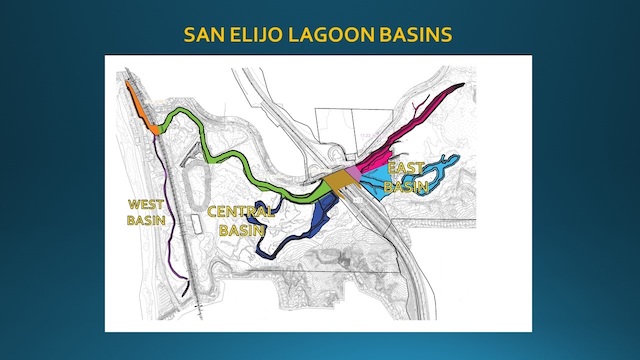
San Elijo Lagoon Basins
3-WEEK LOOK AHEAD
In the next few weeks, you can expect to see the following in the Central basin:
Project perimeter staking and the installation of Environmentally Sensitive Area (ESA) fencing in the Central basin. ESA fencing (t-posts and ropes) ensures that lagoon animals can continue to move freely as they need. This fencing also secures the project’s perimeters, keeping construction in its work site, and providing for your safety on the trails.
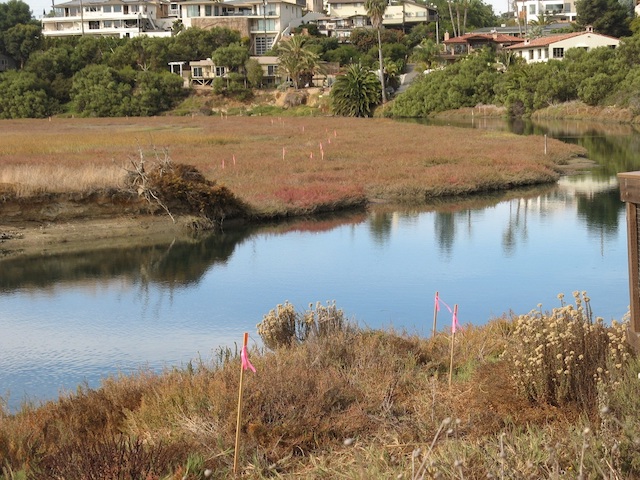
Vegetation salvage and clearing in the Central basin. Some of the cord grass is being saved. Crews will transfer large amounts of lagoon cord grasses to an offsite partner nursery that will sustain these native plants for replanting following the lagoon restoration (estimated 2021).
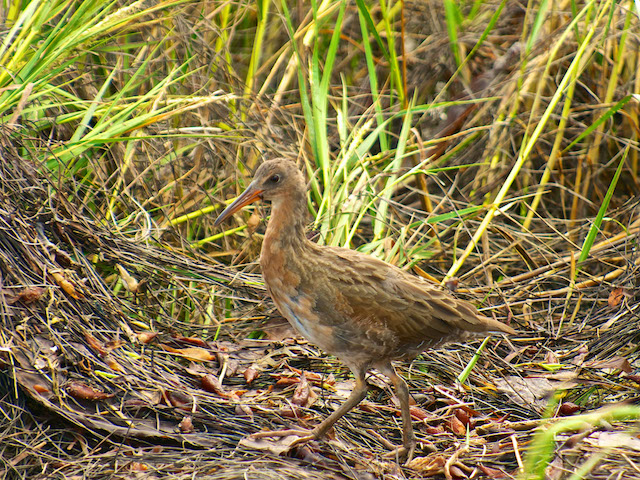
Our native cord grass (Spartina foliosa) is the preferred habitat of the endangered Ridgway’s Rail. California cord grass is a welcome component of our saltmarsh ecosystem. Ridgway’s Rail in cord grass image courtesy Al Butler in Guide to the Plants of San Elijo Lagoon Ecological Reserve

cord grass (Spartina foliosa)
Crews will begin the construction of Pit Dike and Dike 2b in preparation for building the overdredge pit. The dikes will ensure that the Central basin will not flood during construction, giving birds and animals places to go.

Below is a map showing the main staging area of Phase I:
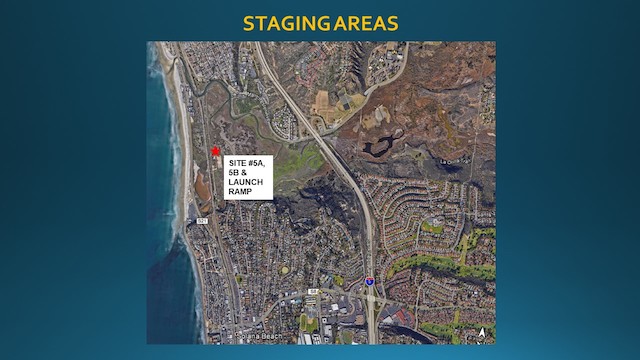
Questions about Lagoon Restoration—Reviving Your Wetlands?
Leave a comment. We’re here to keep you updated on all the latest news—behind the scenes as we learn—and about what you’re seeing as restoration begins.
Follow ( 0 Followers ) X Follow E-mail : * Follow Unfollow